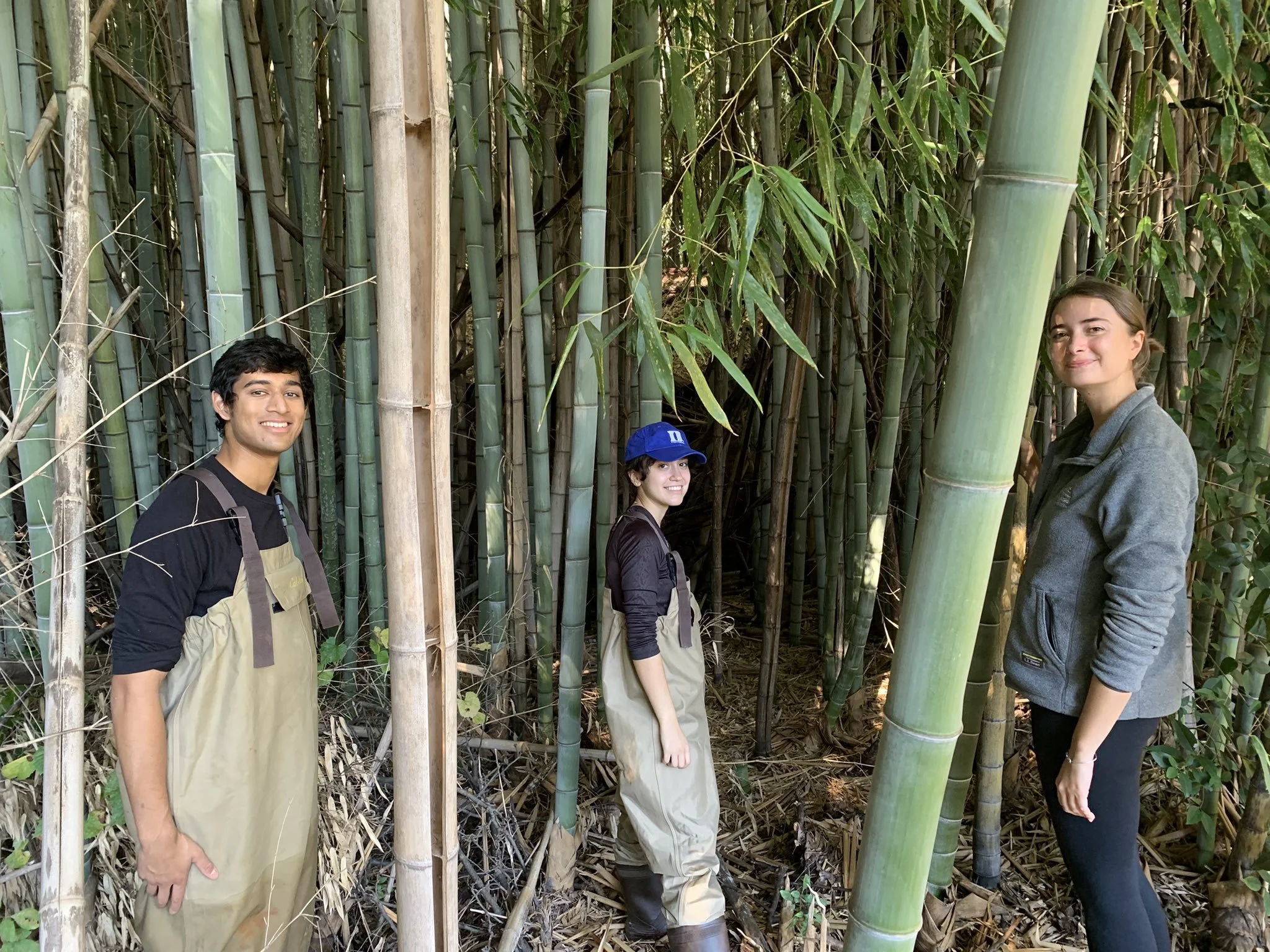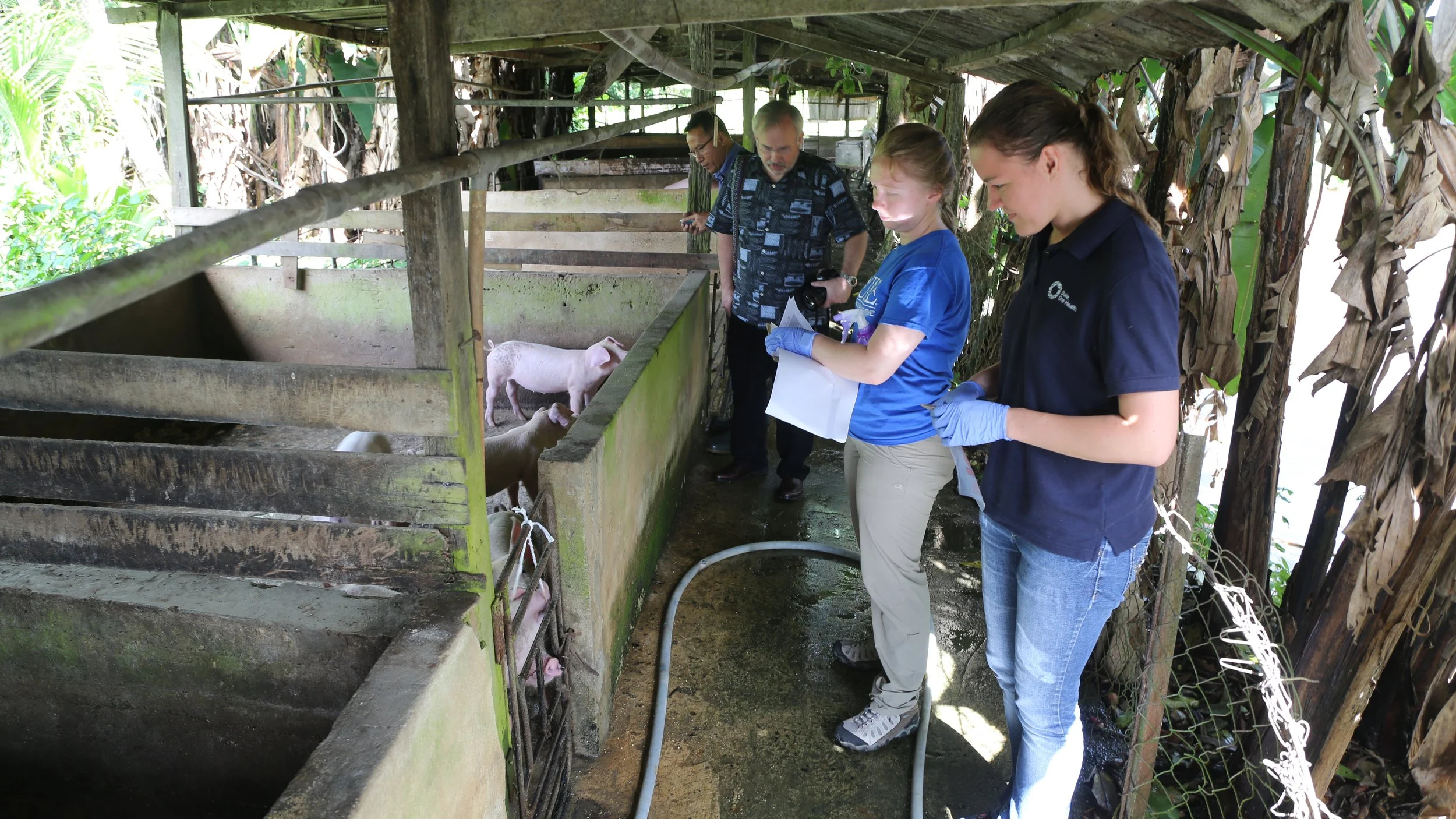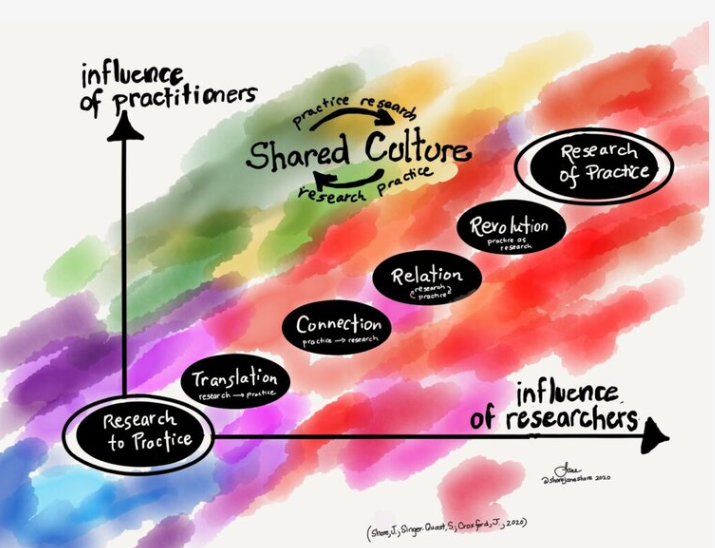Interdisciplinary, Collaborative Research: Solving today’s challenges while equipping future leaders
In February we are featuring Bass Connections as part of an exploration of research that crosses boundaries. Laura Howes, Director and Edward Balleisen, Vice Provost for Interdisciplinary Studies introduced Bass Connections in a Methodspace interview. This feature offers more than a view of a successful program, it offers ideas, tools, and resources you can use. Find inspiration whether you are thinking of starting a major university or department-wide effort or simply want to use experiential project-based learning in a methods class.
By Edward J. Balleisen and Laura Howes
Our world confronts daunting problems and huge opportunities. Across the globe, news coverage documents the course of a pandemic, the accelerating costs of climate change, and the threats posed by authoritarianism and omnipresent surveillance, to cite just a few examples. Such multi-faceted issues transcend any single approach or way of thinking. To address them, we must integrate insights from multiple fields of inquiry.
The same is true for translating a promising new idea – a technical innovation, or a novel mode of organizing some activity – into actual societal practice. That process of translation similarly depends on the integration of multiple types of knowledge, alongside sustained community engagement.
Students conduct fieldwork assessing the health of local riverbeds in Durham, North Carolina
Yet, experts in one field often struggle to communicate with those in other fields, much less apply their knowledge in ways that are useful to decision-makers. To understand the most complex challenges and realize the most hopeful solutions, we must improve our capacity to communicate and work across boundaries of knowledge, knitting together methods and knowledge to develop workable practices.
To prepare students – the next generation of leaders – to operate in this landscape, Duke University launched a program called Bass Connections in 2013. This university-wide program supports interdisciplinary, applied research teams involving faculty, staff, graduate students, and undergraduate students. At the core of the program are the 60 to 70 year-long project teams that run each year, but the program also includes intensive collaborative, applied summer research experiences, and a growing number of semester-long courses designed around team-based research.
The year-long project teams address applied research questions proposed by faculty leaders, typically two to four scholars from different disciplines. Once selected to participate in the program, teams receive funding to support research expenses (our average is $20,000 per project, but we believe this model could be deployed with significantly less) and then select graduate and undergraduate students to join the team. Teams typically include one to four graduate students, and two to ten undergraduate students, resulting in an average team size of about 12 students per team. In many cases, teams also include external partners, such as cultural institutions, government agencies, community organizations, non-profits, or businesses. Students typically receive academic credit for participating in the program, with some advanced students receiving compensation. Most faculty participate without receiving teaching credit, a constraint that has kept some professors from engaging.
Students collect data on zoonotic disease transmission in Malaysia
Later this month, we will share more about our efforts to evaluate the impact of this program, but in brief, we have found that collaborative, project-based research teams allow undergraduates to explore and deepen their academic interests, form influential new mentoring relationships, and develop a range of career-relevant skills. For graduate students, the program provides an opportunity to develop critical experience with complex organization, teamwork, and leadership. We have also found that many, though not all, projects lead to applied research outputs, including academic publications, successful grant proposals, policy reports and briefs, museum exhibits, archives, oral history collections, databases, software programs and apps, and new models of social service provision.
As colleges and universities continue to pilot new pedagogical methods to introduce authentic modes of research earlier in student trajectories, and to engage the wicked problems that this generation of students wishes to tackle, we expect similar programs to proliferate. With that forecast in view, we are eager to share the lessons we have learned in standing up and revising this program, as well as the resources we have created to mitigate or resolve the various problems our teams have encountered. Some of our key pieces of advice follow.
Cultivate a strong team structure and culture: Teams are complex. Building an effective team requires intentionality. Teams struggle when they neglect to build social bonds, or fail to set clear goals, roles, and timelines. We encourage our teams to dedicate time to team building activities, set team ground rules, and use a team charter to get all members of the team on the same page about project goals, individual responsibilities, key resources, and timelines.
Expect initiative but provide scaffolding: Expecting students to take ownership and initiative will empower them to contribute, but given their lack of experience with ambiguous, open-ended inquiry, they will initially need some scaffolding in the form of smaller starter projects and ample mentoring.
Create mentorship and leadership opportunities for advanced students: On our teams graduate students (and sometimes postdocs or advanced undergraduate students) often serve as sub-team leads, technical mentors, or project managers (helping address team culture and structure as noted above!). Elevating advanced students gives them appropriate challenges, while also providing undergraduate students with an accessible resource, and reducing the load of faculty leaders.
Engage with clients and partners: While all of our project teams are applied (in that they relate to a real-world issue), just about two-thirds of teams have an external client or partner. These external relationships foster translation of research findings, while also helping students develop new networks and the ability to apply their studies to a concrete setting.
Create opportunities for reflection: We encourage all of our teams to deploy regular reflection as a tool for helping students think critically about their team experience. We also suggest that teams use reflection as one mechanism for grading team-based research.
Over the course of the month, we will be providing additional reflections about aspects of the program, how we have refined it in light of our assessment findings, and how other universities might launch similar programs, building on the analogous smaller-scale endeavors that have become more common on campuses. You will also have the opportunity to hear directly from faculty and students about how this model of interdisciplinary, collaborative research has shaped their trajectories.
More Methodspace posts about interdisciplinary research












The Director and Assistant Director of the Bass Connections program at Duke University share lessons learned and open access resources for team success in interdisciplinary collaborative research.